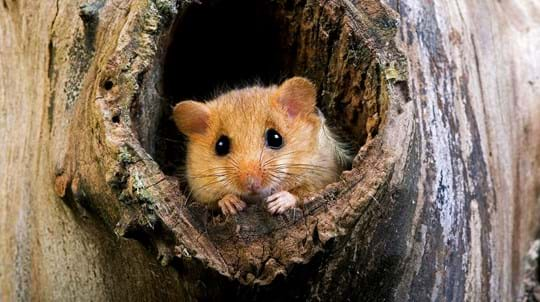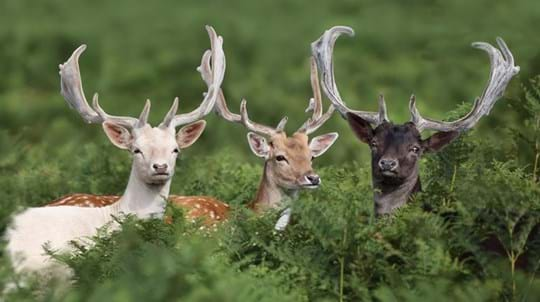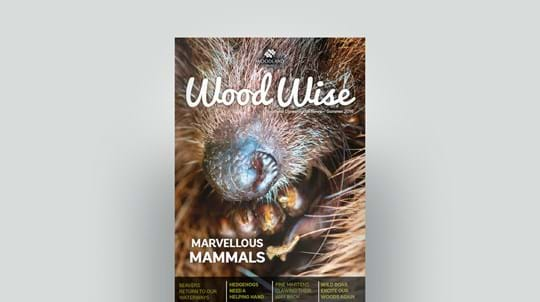Threats and conservation
The sika deer population is growing in both numbers and range. As a non-native species with no natural predators, sika densities can reach extremely high levels with a potentially negative impact on the environment. For example, over-grazing can prevent the regeneration of woodland, thereby affecting woodland structure and tree species composition. This has knock-on effects for other species of woodland wildlife. As a result, some populations are culled to control their spread and reduce habitat damage.
Sika deer may also have a negative impact on native red deer. In areas where they both occur, the two species will sometimes interbreed, giving birth to hybrids. Over time this could lead to the number of true red deer being gradually reduced.












